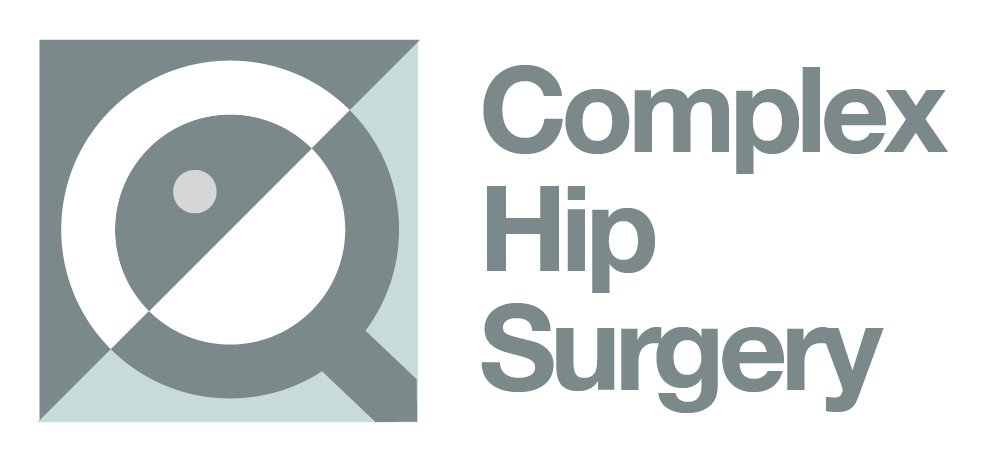CASE 42: Next generation 3D printed cup for severe acetabular osteolysis and an intact bony rim
The Story
“This 66 year old lady had received left metal-on-metal bearing hip resurfacing several years prior to meeting me. She presented to the clinic with pain in her left hip.
Metal-on-metal bearings were introduced to solve the issue of polyethylene wear and subsequent implant loosening, however metal alloys used in orthopaedics are not immune from releasing wear products and are known to cause severe tissue destruction.”
The Evidence
Axial CT view demonstrating severe osteolysis around the acetabulum (red arrows)
Coronal, axial and sagittal CT views demonstrating severe osteolysis surrounding the left acetabulum (red arrows) compared to the contralateral side.
The Diagnosis
Painful left MoM BHR secondary to metal ion and debris induced osteolysis. There was a risk of periprosthetic fracture.
The Plan
We decided to revise the left hip implant in order to treat the pain. We planned to use a custom cup in order to improve the area of contact between the bone and the implant.
3D models of the acetabular defect, the design of the implant and its plan position within the bone.
The Operation
We revised her left-sided hip via a posterior approach.
Minimal bone loss was achieved using a cup extraction system. The medial wall was intact. A 3D printed custom cup was used.
The Outcome
Post-operative AP plain radiograph and axial CT view of the implant in-situ. The implant is well positioned, the centre of rotation is restored together with the vertical and horizontal offsets. The screws are all within bone.
Anteroposterior plain radiograph taken at one year after the operation showing that the cup has not migrated.
Three-dimensional models of the hemipelvis showing the planned position of the component (purple) and the post-operative location of the component (green).
The achieved centre of rotation was located 2.4 mm laterally and 1.2 mm inferiorly from the centre of rotation of the plan.
Analysis performed using Simpleware ScanIP (Synopsys Inc, Mountain View, USA).
The Verdict
The patient was able to return to her normal daily activities with no pain within weeks of the surgery.
Metal-on-Metal MoM hips were introduced to solve the problem of polyethylene-induced osteolysis. However, in some patients the osteolysis from MoM is severe within 10 years of the primary operation.
Regular follow-up imaging in patients with MoM bearings will help avoid uncontrolled osteolysis and allows easier revision surgery with good outcome.












